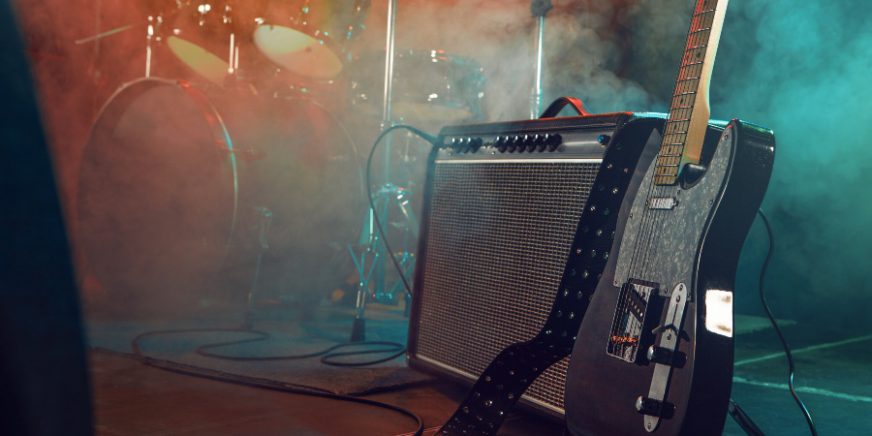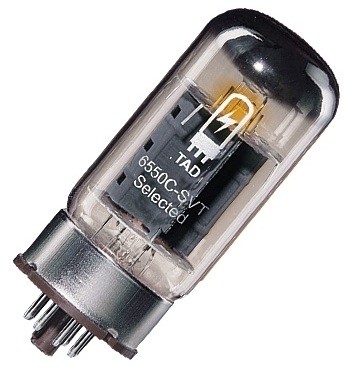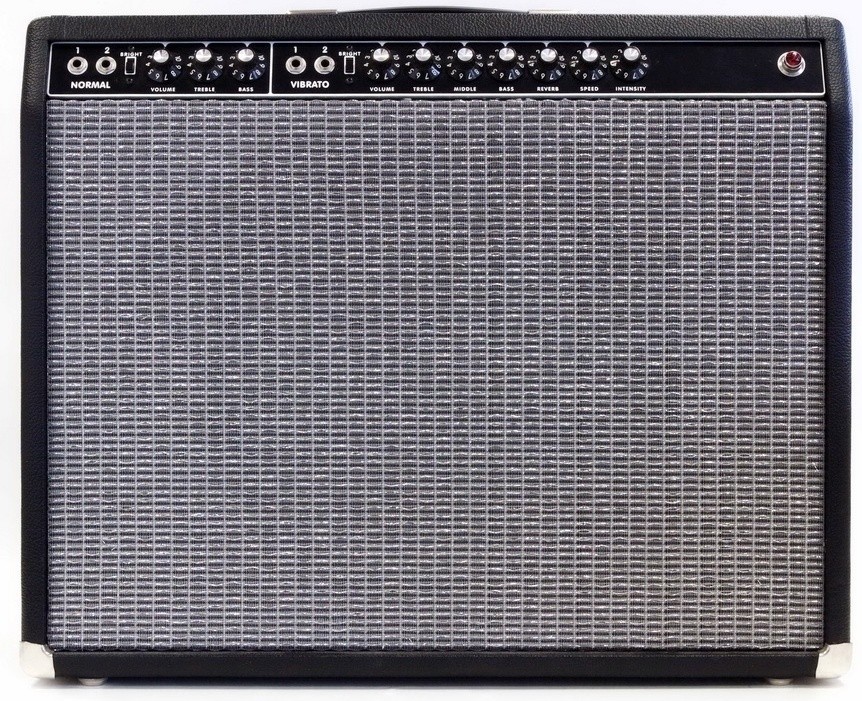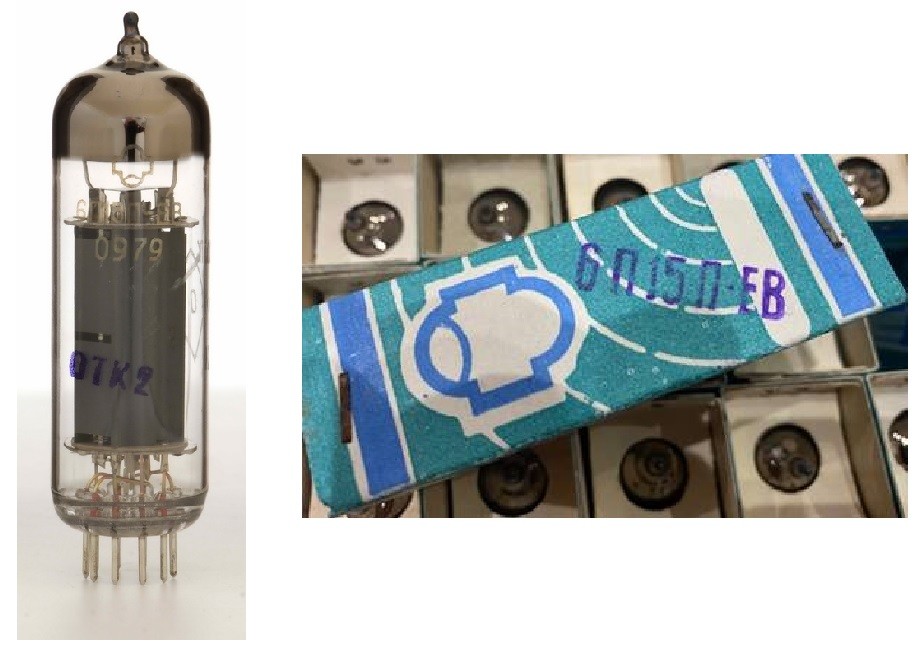Tube amplifiers are currently extremely popular among musicians and music enthusiasts. While some rave about the dynamic and natural reproduction characteristics, others appreciate the unparalleled crunch and pressure that tube amplifiers can deliver as guitar amps. Today, we delve into the fascination of valve amps and highlight the differences between various types of amplifiers and “true” tube amplifiers. But don’t worry – in addition to all the technical details, we also focus on what really matters: the fantastic sound of valve amplifiers!
Tube power amps – a definition
When we talk about tube amps, there’s often a lack of sharp distinction between different designs and technical details. After all, there are various options for signal amplification when it comes to using them as guitar amplifiers. According to the definition, a tube power amp is an amplifier that features a tube-based preamp in addition to a tube power stage. Modern designs that combine transistors with vacuum valves are not considered valve amps; instead, they are referred to as hybrid amplifiers.
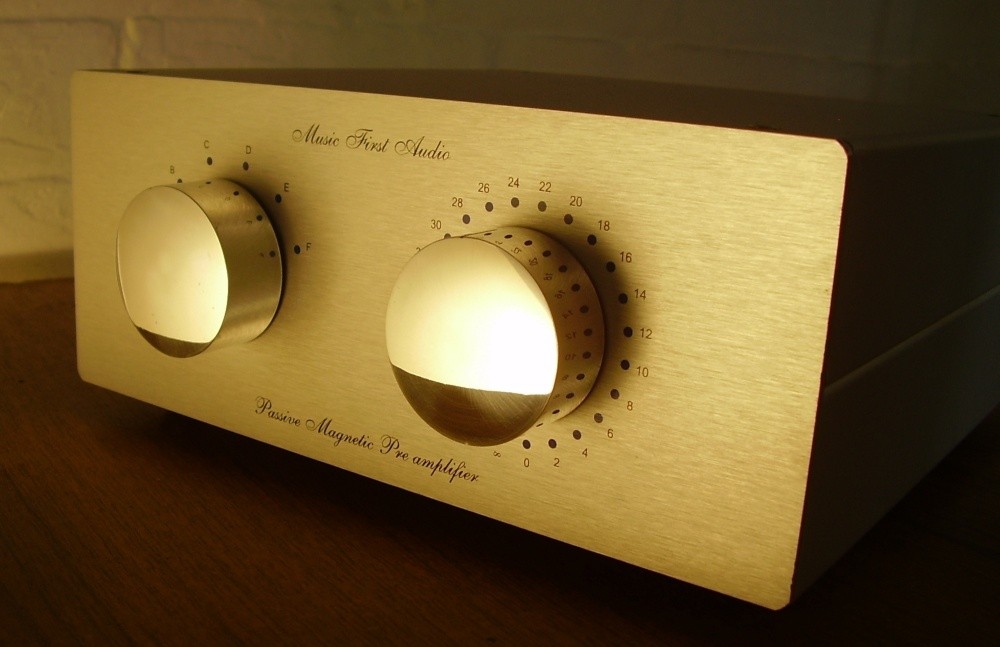
Preamp and Power Amp Based on Tubes – What Do Vacuum Tubes Do in a Tube Amplifier?
According to the definition, tube power amps have both a preamp and a power amp, both powered by vacuum tubes. But how do these components behave in their respective positions, and why do tube amplifiers sound so incredibly good? Let’s briefly examine the roles of the preamp and power amp from a technical standpoint and shed light on how amplifier calves work in their respective “sections”:
Tubes in the Preamp
The preamp in a valve amplifier is, in a way, the “sound forge” of the valve amp. Here, sound components are emphasized and modulated using preamp vacuum valves. The tone control commonly found in most amplifiers also intercepts the signal in the preamp and allows for lowering or raising specific frequencies (in the case of active tone control). When the signal is overdriven in the preamp, it results in a hard, compressed distortion referred to as “distortion” in technical terms. The preamp’s role is to boost the input signal level enough so that tone control and effects can work with the signal further.
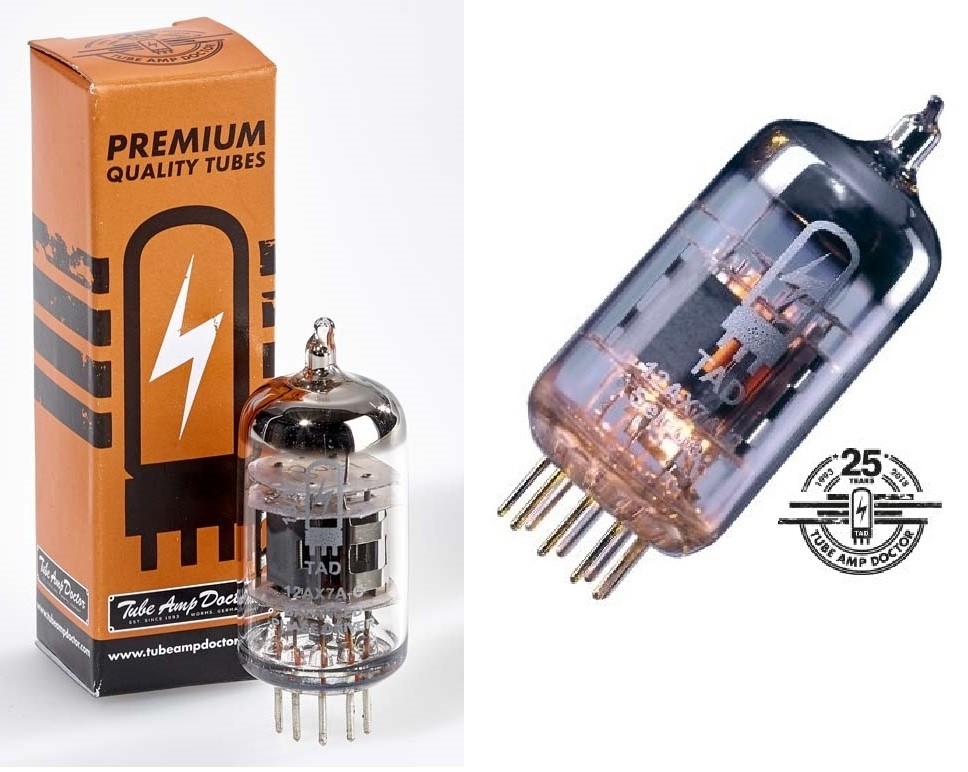
Tubes in the Power Amp
The power amp is the powerhouse of the tube amplifier. Here, the signal is raised to a level where the speakers can process the signals from the tube amp and convert them into sound waves. Vacuum valves in the power amp, in comparison to preamp tubes, operate under tougher conditions and greater stress. When the power amp is overdriven, it results in overdrive, which is a very natural and somewhat smoother distortion than that in the preamp. Given the primary role of the power amp (delivering amplification), a good, slightly gritty overdrive provides a significant volume boost. Watch out, neighbors!
Tube, Hybrid, Transistor, and Digital
Guitar amplifiers come in various types, not just valve amplifiers. The terminologies and forms are often mixed up, so we’ve highlighted the key differences between the various amplifier types:
Tube power amps
The classic among amplifiers, valve amps deliver the best, fullest, and most natural sound thanks to complete tube technology (both the preamp and power amp are powered by vacuum tubes). Subtle overtones introduced by slight distortion or overdrive in tube amps harmonize with our hearing and provide an organic, almost tangible texture to the sound. The advantages of tube technology are nearly undisputed among guitarists, with amps like the Fender Reverb Blackface Series having earned a legendary status. Even today, professional guitarists worldwide swear by valve amps! It’s no wonder that as their popularity increases, the prices of these devices continue to rise. Consequently, well-preserved original valve amps can fetch several tens of thousands of euros today.
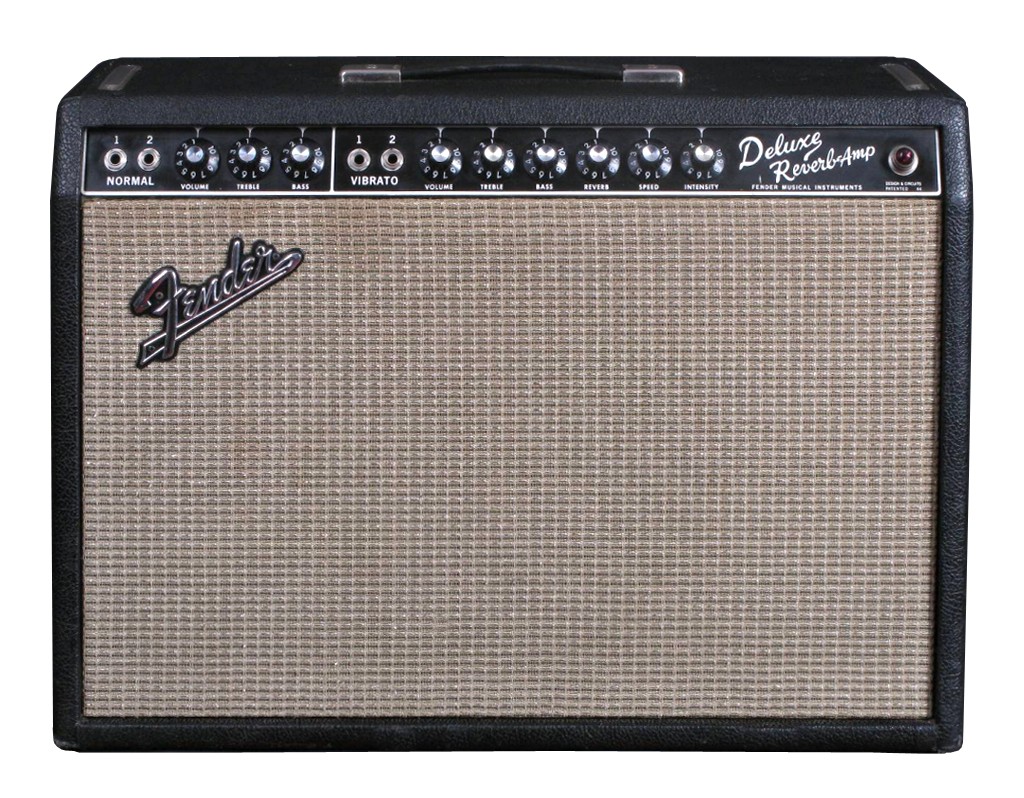
Fortunately, there are excellent alternatives to the original. For instance, TAD offers various amplifier models as modern interpretations, such as the TAD Blackface 45 Reverb or the TAD Plexi 18 Watt TMB Combo, among other TAD amps. These are true all-tube amplifiers for the best sound! While tube amplifiers require relatively frequent maintenance, they can be easily modified and adapted to individual needs by selecting different amplifier tubes. For many enthusiasts of valve technology, it’s not just the exceptional sound characteristics that make tube amplifiers appealing, but also the overall experience. The pure analog technology, the warm, glowing tubes, and the anticipation that builds during the warm-up process offer something unique. A genuine valve amplifier provides a sense of life and pure enthusiasm for music that no other amplifier technology can match!
Hybrid amplifiers
In order to combine the reliability of transistors with the warm sound characteristics of tubes, developers have early on attempted to blend tube preamps with transistor power amplifiers. These devices offer the advantage of a tube-driven, tone-shaping preamp along with a transistor power amp, which, due to its design, provides a slightly larger headroom. In music playback, especially in the realm of hi-fi, hybrid amplifiers can enhance the smooth operation of the system since the loaded power amp tubes are eliminated, and tube changes no longer affect the sound. Nevertheless, we miss the clear, full sound of tubes.
Transistor amplifiers
The transistor amplifier almost overnight replaced the electron tube. And on paper, this move made sense: Better resilience, less maintenance, lower costs, and reduced power consumption with the same output power make the transistor technically the superior component. However, the sound of early transistor amplifiers had artificially cold sound characteristics, which bothered lovers of fat, organic guitar tones or warm playback. Of course, things are different today – the pure sound of transistor amplifiers leaves little to be desired. However, when it comes to the feeling, many guitarists draw the line at their love for transistors!
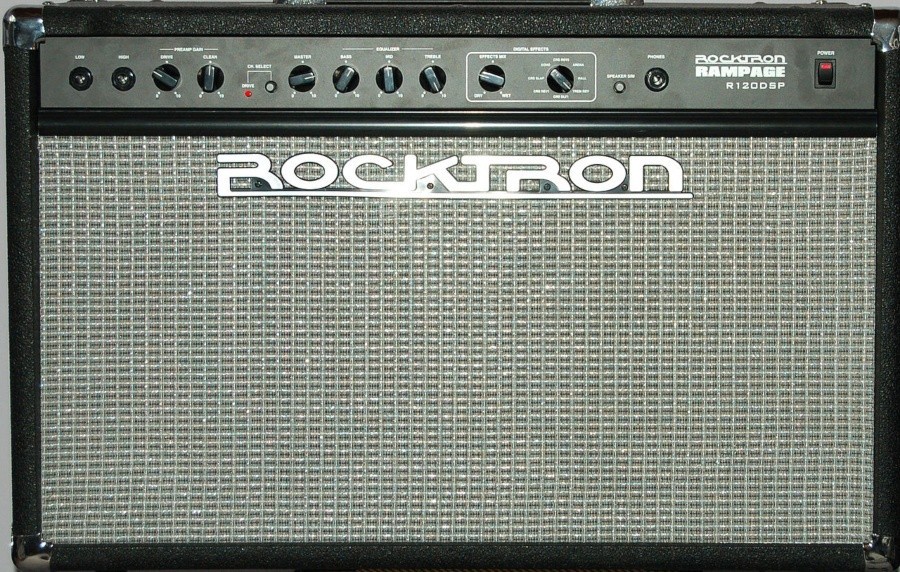
Digital amplifiers
The term “digital amplifier” is derived from the more accurate term “Class-D” amplifier. However, the components do not operate according to a purely digital principle but rather use a much more efficient method of amplifying input signals. Due to the high working rate, Class-D amplifiers achieve excellent performance values and can also convince in terms of sound reproduction and instrument use. The only thing that can sometimes be criticized about their sound is the lack of warmth – but our subjective auditory impression surely plays a role here as well.
Fascination of tube amplifiers – Conclusion
Even after decades, tubes continue to captivate music lovers and guitarists alike. The natural sounds and the warm, organic feel of these devices are in a completely different league than hybrid amplifiers or transistor amps ever could be. Of course, the subjective auditory impression always plays a significant role in evaluating an amplifier. But even beyond the realm of voodoo and almost religious adoration of electron tubes, it can be stated: the feeling of turning on a tube power amp and enjoying the sound never leaves anyone indifferent. For us, it’s clear: it can only be the tube!
___________________________________________________________________________________________________________________________
Image sources:
Title image: © Voloshyn Roman – stock.adobe.com
Sansui Amp: Boros.i – CC BY-SA 3.0, https://commons.wikimedia.org/w/index.php?curid=101282044
Fender “Blackface” Deluxe Reverb 1965: CC BY-SA 3.0, https://en.wikipedia.org/w/index.php?curid=13741790
 Tubeampdoctor Magazin
Tubeampdoctor Magazin
